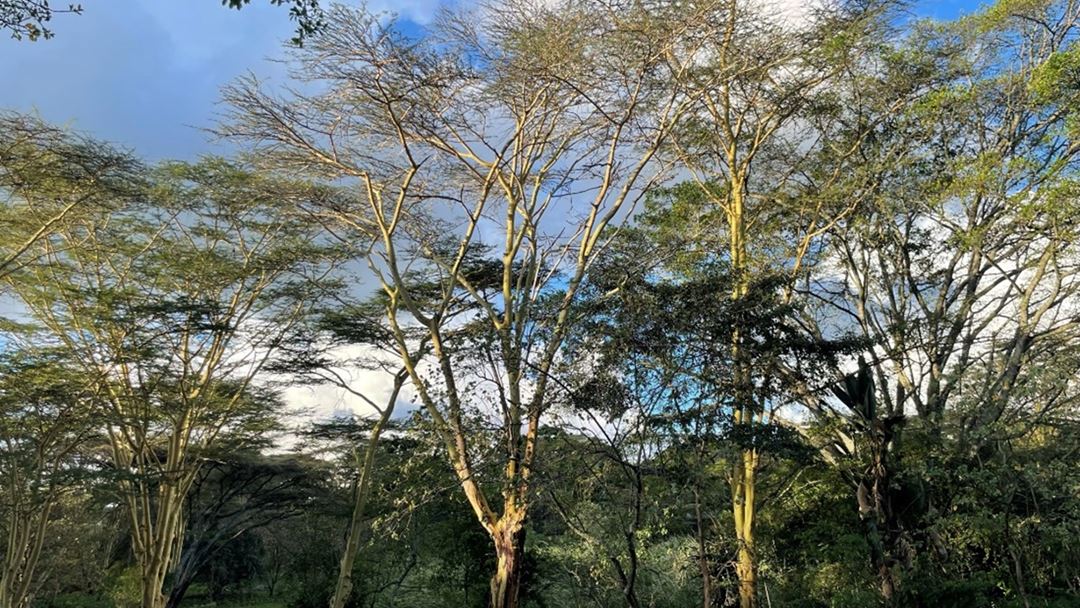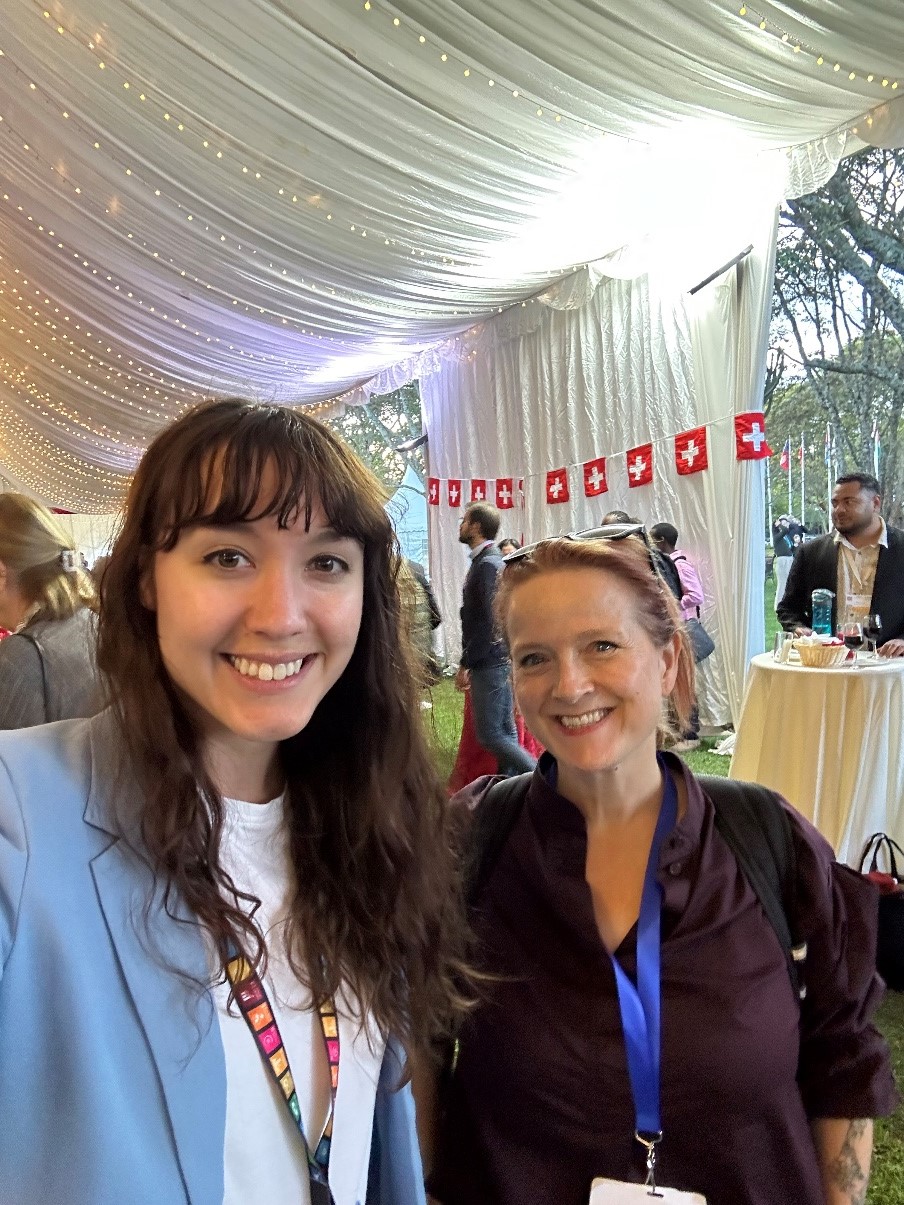Day 4 recap INC-3 – The calm before the storm
After four days of negotiations have come and gone, the metaphor of the calm before the storm is strong. Throughout the week thus far, there have been times when the sun is shining bright on the UNEP compound, and five minutes later there is heavy rain with a breeze. This is similar to what has been happening throughout the contact groups.

By Emily Cowan and Rachel Tiller, SINTEF Ocean
On the fourth day of negotiations delegates and the co-facilitators of the contact groups (CG) had expectations of making it through all parts of the Zero Draft before the stock taking plenary at 16:00, which had been moved an hour back to give CG1 more time to get through the remaining items in Part II of the zero draft. After listening to statements for five hours and 150 statements of various lengths and details, three of the 13 items had still not been completed by 15:00 and the delegates and observers took a break for a late lunch before the stock-taking plenary session.
In the afternoon stocktaking plenary, which took place at 16:00 was considered a hearing on the progress report from the CGs – since they are closed to the public. It was clear that member states now have a better understanding of each other's positions and helpful to move into the draft text of the instrument. During the plenary session, all three CGs reported on the progress so far, and it was decided that from 20:00 yesterday, CG1 would resume its work with the last three sections of Part II and CG3 would resume its work on work to be done during the intersessional period.
CG1 - report at plenary and evening work
During the plenary the work of CG1 was taken up. This included similar work that has already been reported on in our blog post from day 3.
Suggestions for Intersessional work – during discussions several topics were raised on work needing to be done before the next round of negotiations in April 2024.
- Common and global targets for reducing global production of primary plastic polymers (no convergence)
- Criteria for problematic and avoidable products
- Health and environmental impacts of micro and nano plastics
- Call for sectoral approaches to make more specific provisions for reducing plastics (see SINTEF's PLASTICENE project where we examine sectoral plastic usages in Norway)
- Calls for definitions for primary plastic polymers, just transition, producer, etc.
182 submissions were received in terms of CG1 on how to update the treaty's draft text.
The final work on the fourth day of negotiations for CG1 began at 20:00 on day four and included the final chance to member states to provide their feedback in this first reading on core obligations 11-13 as part of the zero-draft text. There was generally a wide consensus that the treaty should specifically address waste pickers within the just transition obligation.
CG2 – report at plenary
Although CG2 did not meet today they provided a stock take of their work in reviewing parts 3 and 4 of the annex to the zero draft.
At the plenary, it was recapped how CG2 has met 3 times in the past three days – please check out our blog post from day 2.
Suggestions for Intersessional work – during discussions several topics were raised.
- Financing: suggestion for overview of types of activities needed to be supported to implement the instrument (capacity building, technical assistance, and technology transfer) with divergent opinions on whether this should be a new financial instrument or not
- Mapping of financial flows across the plastics life cycle and geographies (including existing finances review)
- Further discussions on a plastic pollution fee
- National plans – develop guidance on format, may need to wait until binding parts of the treaty are finalized.
- Standardized methods for data collection and reporting on plastics
- Determine how future reporting may be undertaken in the future agreement.
CG3 – report at plenary
Elements reflected in the synthesis report, which CG3 is tasked with discussing, overlap and need streamlining to make the text consistent.
The preamble is to be finalized later once substantial provisions have been developed, and there was agreement with need to find synergies with other MEAs and trade standard organizations.
Suggestions for Intersessional work
- Compliance and Implementation Committee
- Clearinghouse mechanism for exchange of information
The basis for the next round of negotiations and the start to draft treaty text is being prepared tonight for consideration tomorrow morning. This is where the 'calm before the storm' comes into play as delegates are expected to negotiate on the new text of the zero draft treaty text starting today.

Researchers Emily Cowan and Rachel Tiller at the evening reception hosted by Switzerland on the UNEP compound
